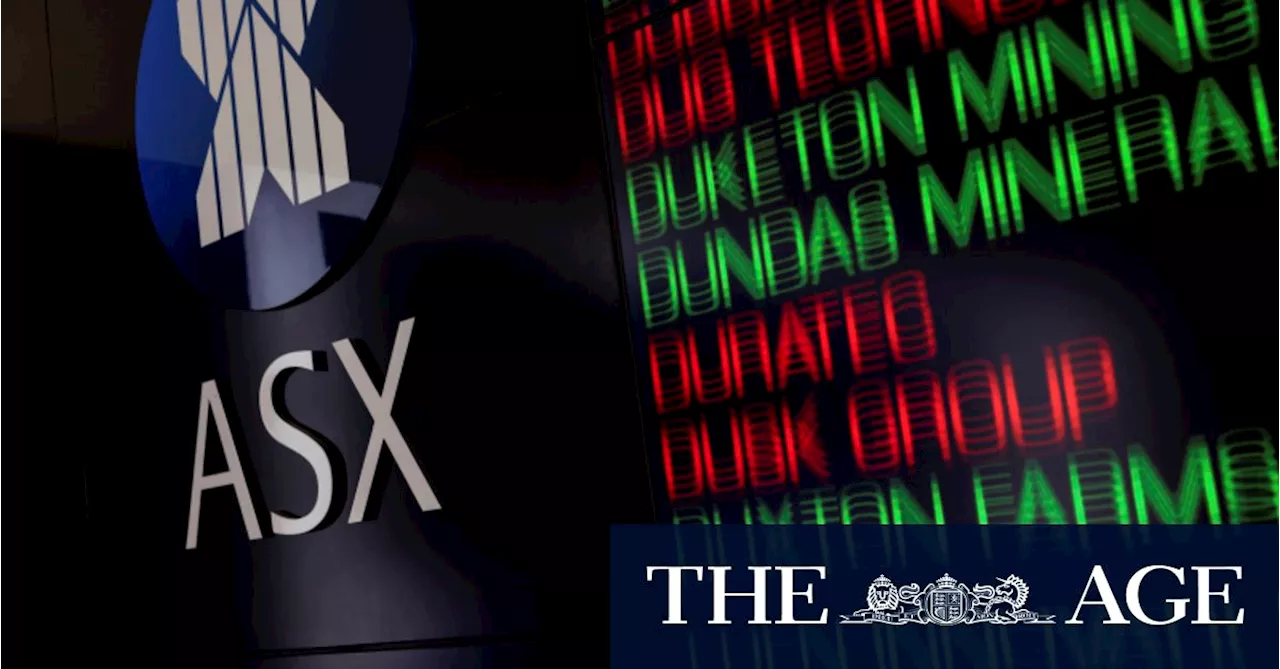The Australian share market is set to fall on Monday morning following a weak lead from Wall Street on Friday and anticipation among traders that Thursday’s unemployment figures could be stronger than expected.
The Australian share market is set to fall on Monday morning following a weak lead from Wall Street on Friday and anticipation among traders that Thursday’s unemployment figures could be stronger than expected. Futures for the S&P ASX 200 showed a drop of 0.86 per cent, or 71 points, to 8208 after market open. The Australian dollar stayed flat over the weekend after sliding last week, currently trading at US61.5 cents. .
\On Friday, US stocks fell on worries that good news on the job market may be too good and prove to be bad for Wall Street by keeping inflation and interest rates high. The S&P 500 tumbled 1.5 per cent to close its fourth losing week in the last five. The Dow Jones Industrial Average dropped 696 points, or 1.6 per cent, and the Nasdaq composite sank 1.6 per cent. Closer to home, traders are similarly concerned. Thursday marks the release of the ABS’ monthly employment data amid signs the labour market has not been easing as quickly as expected. \A strong jobs market could keep the Reserve Bank of Australia cautious about cutting interest rates, even as underlying inflation takes a convincing step down. Investors welcome low interest rates as they’re viewed as a catalyst for growth. Such strength in hiring is, of course, good news for workers looking for jobs. But it could also keep upward pressure on inflation by keeping the overall economy humming. In the US, the Fed has already indicated it’s likely to ease rates fewer times this year than expected because of worries about higher inflation. That’s partly because some officials are taking the possibility of tariffs seriously and other policies coming from President-elect Donald Trump that could worsen inflation. \To be sure, Friday’s jobs report may not be as strong as it seems on the surface. While the overall number of hires in December exceeded expectations, “manufacturing is still getting crushed,” said Brian Jacobsen, chief economist at Annex Wealth Management. “The macroeconomy may be fine,” he said, “but each individual’s microeconomy could look very different.” The raises in pay that workers are getting are also an important data point for the Fed, and gains in average hourly earnings were below 4 per cent last month. That’s what “the Fed wants to see,” according to Wells Fargo Investment Institute Senior Global Market Strategist Scott Wren. The nuanced takes helped Treasury yields give back some of their initial bursts following the release of the jobs report. But preliminary results from a separate report later in the morning underscored the issue. It suggested US consumers are getting more pessimistic about where inflation is heading. The problem for Wall Street is that when traders were sending US stock indexes to dozens of records last year, they were banking on a stream of rate cuts coming from the Fed. If fewer cuts materialise than expected, stock prices would likely either need to fall, or profits at companies would have to rise more strongly to make up for it. Smaller companies can take worse hits from higher interest rates than their bigger rivals because of the need for many to borrow to grow. The Russell 2000 index of smaller stocks slumped 2.2 per cent.in the Los Angeles area. Many of the homes that have been destroyed were in expensive areas, where the typical price can top $3 million, and such high-priced damage could eat into insurers’ profit. Allstate fell 5.6 per cent, Travelers dropped 4.3 per cent and Chubb lost 3.4 per cent. A growing minority of traders on Wall Street are saying the Fed, led by Jerome Powell, may not cut rates again at all in 2025.Delta Air Lines was able to fly 9 per cent higher because it delivered a stronger profit report for the last three months of 2024 than analysts expected. The airline said it’s seeing strong demand for travel, which accelerated through the end of last year, and it expects that to continue into 2025. Big banks will begin reporting their own results for the end of 2024 next week, as earnings season gets under way in earnest. All told, the S&P 500 fell 91.21 points to 5,827.04. The Dow Jones Industrial Average dropped 696.75 to 41,938.45, and the Nasdaq composite sank 317.25 to 19,161.63. In the bond market, the yield on the 10-year Treasury jumped to 4.76 per cent from 4.68 per cent late Thursday. In September, it was below 3.65 per cent, marking a major move for the bond market. Friday’s jobs report means traders see it as a near certainty that the Fed will not cut interest rates at its next meeting later this month. That would be the first time it’s stood pat following three straight cuts to interest rates
AUSTRALIAN MARKET WALL STREET INTEREST RATES JOBS FIGURES INFLATION
Australia Latest News, Australia Headlines
Similar News:You can also read news stories similar to this one that we have collected from other news sources.
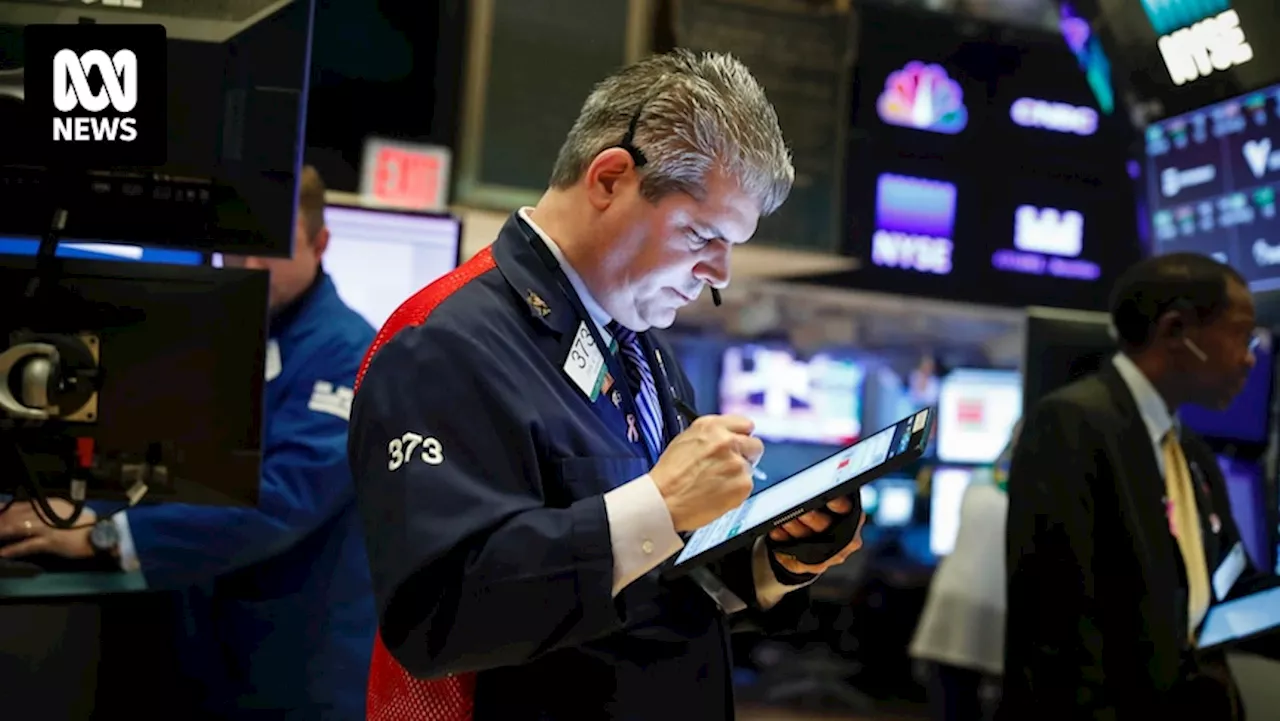 Live updates: ASX to open higher after Wall Street rallies, ASX trading glitch fixedAfter last week's 3 per cent fall, the ASX looks likely to open higher on the back of a late rally on Wall Street. Follow the day's events and insights from our business reporters on the ABC News live markets blog.
Live updates: ASX to open higher after Wall Street rallies, ASX trading glitch fixedAfter last week's 3 per cent fall, the ASX looks likely to open higher on the back of a late rally on Wall Street. Follow the day's events and insights from our business reporters on the ABC News live markets blog.
Read more »
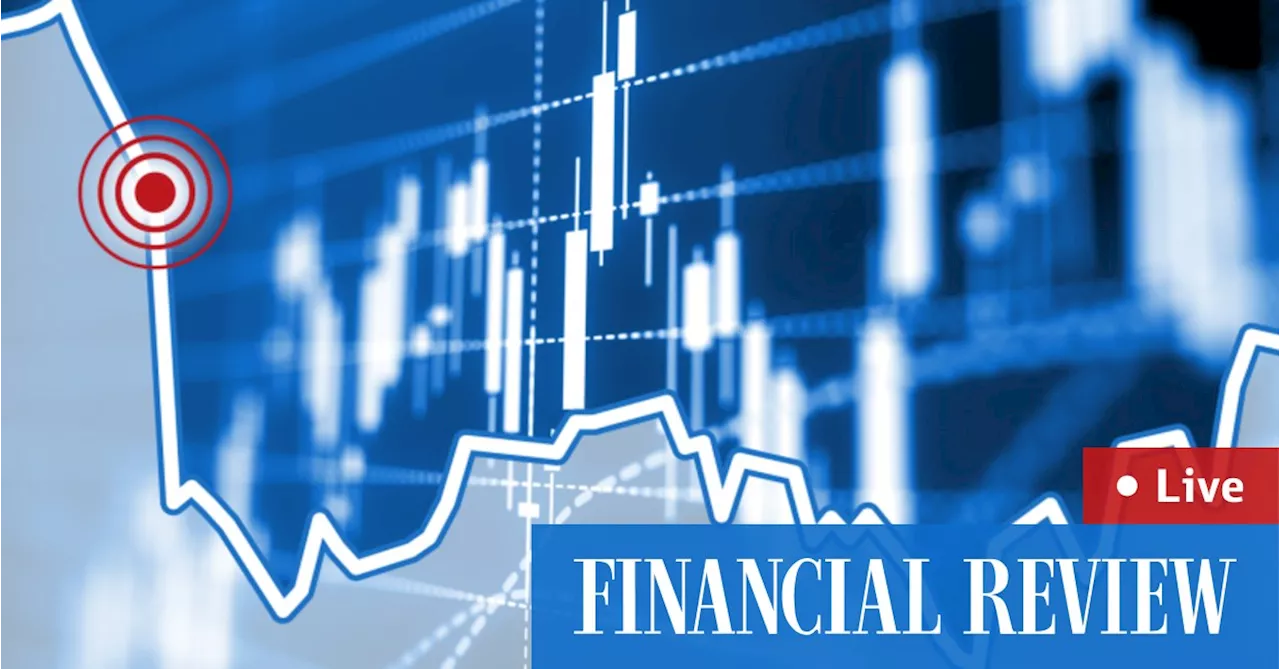 ASX 200 LIVE: Australian shares open lower, DigiCo and HMC shares dropShares slip as iron ore prices fell overnight, sending miners lower. Investors sell DigiCo and HMC post IPO. Follow for more.
ASX 200 LIVE: Australian shares open lower, DigiCo and HMC shares dropShares slip as iron ore prices fell overnight, sending miners lower. Investors sell DigiCo and HMC post IPO. Follow for more.
Read more »
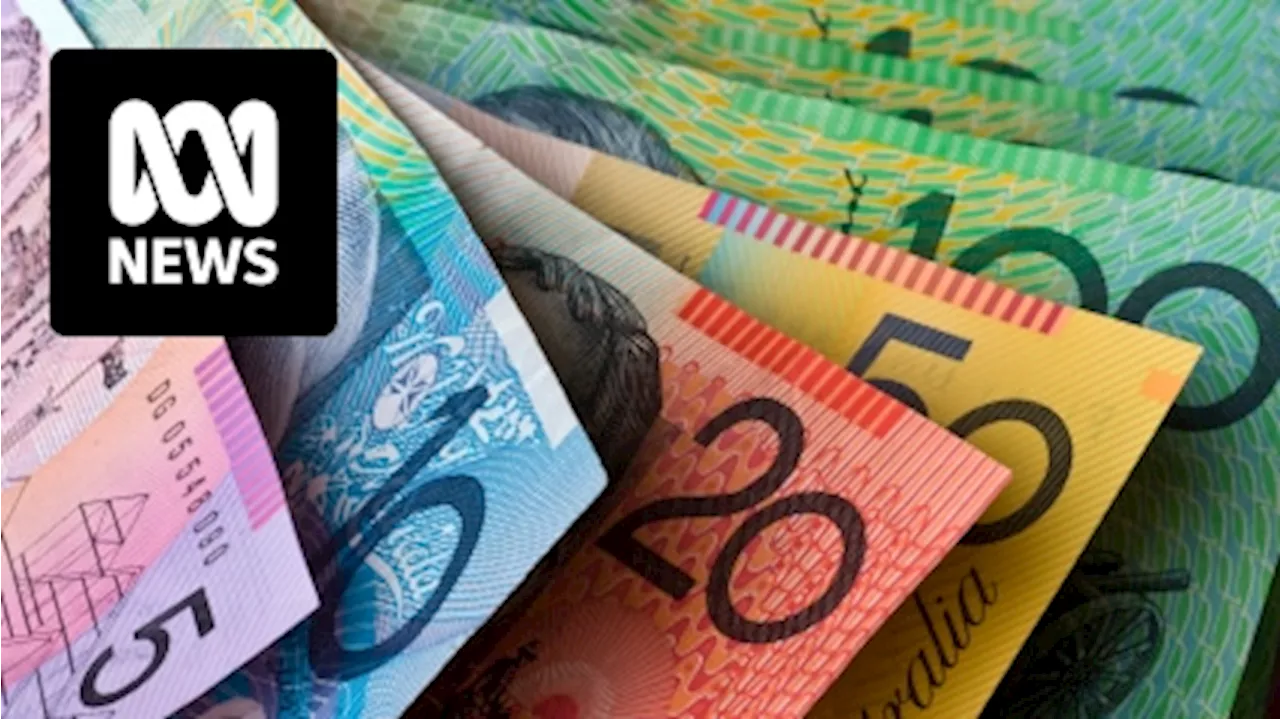 Australian Dollar Plunges, ASX Drops as US Fed Cuts RatesThe Australian dollar has weakened to its lowest point since October 2022, trading near 62 US cents. The local stock market, ASX, also experienced a significant decline, reaching a six-week low. These movements follow a 0.25 percentage point interest rate cut by the US Federal Reserve, which signaled a potential slowdown in future rate reductions due to persistent inflation.
Australian Dollar Plunges, ASX Drops as US Fed Cuts RatesThe Australian dollar has weakened to its lowest point since October 2022, trading near 62 US cents. The local stock market, ASX, also experienced a significant decline, reaching a six-week low. These movements follow a 0.25 percentage point interest rate cut by the US Federal Reserve, which signaled a potential slowdown in future rate reductions due to persistent inflation.
Read more »
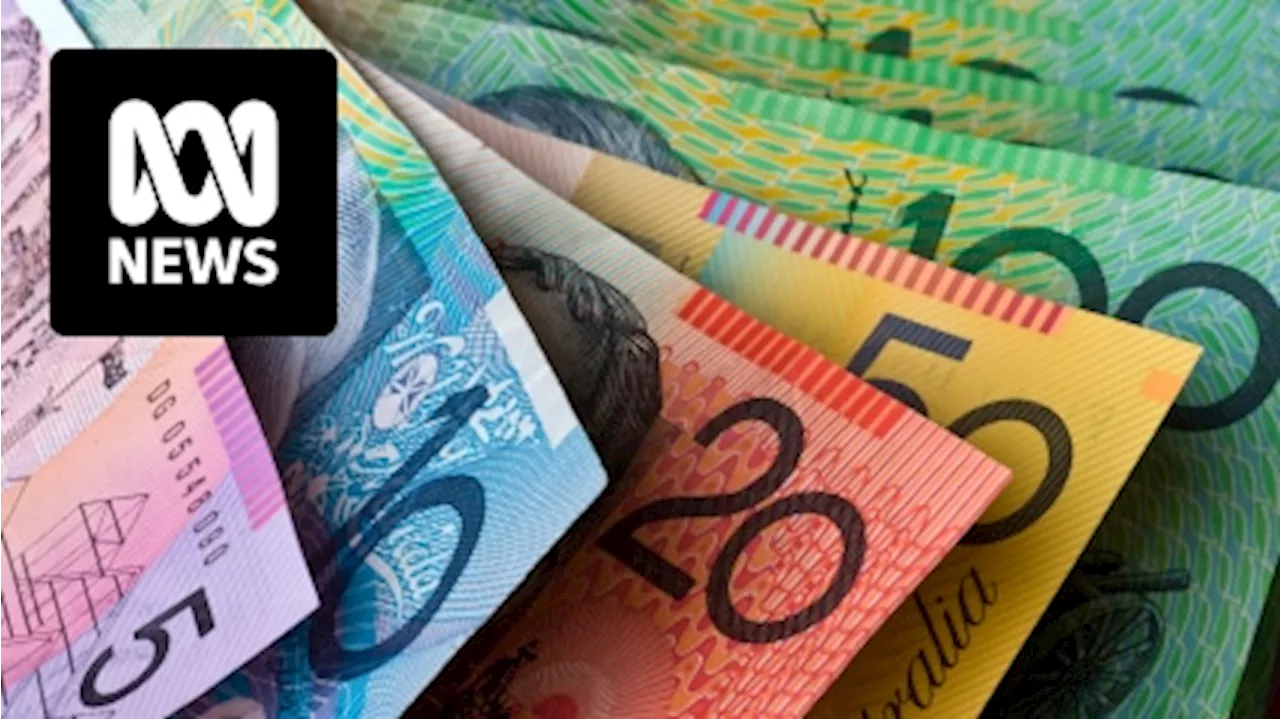 Australian Dollar Plummets, ASX Dips as US Fed Cuts RatesThe Australian dollar has fallen to its lowest point since October 2022, approaching 62 US cents, while the Australian share market has experienced a significant drop. This follows the US Federal Reserve's decision to lower interest rates by 0.25 percentage points, but its prediction of persistent inflation and fewer rate cuts in the coming year has fueled market uncertainty.
Australian Dollar Plummets, ASX Dips as US Fed Cuts RatesThe Australian dollar has fallen to its lowest point since October 2022, approaching 62 US cents, while the Australian share market has experienced a significant drop. This follows the US Federal Reserve's decision to lower interest rates by 0.25 percentage points, but its prediction of persistent inflation and fewer rate cuts in the coming year has fueled market uncertainty.
Read more »
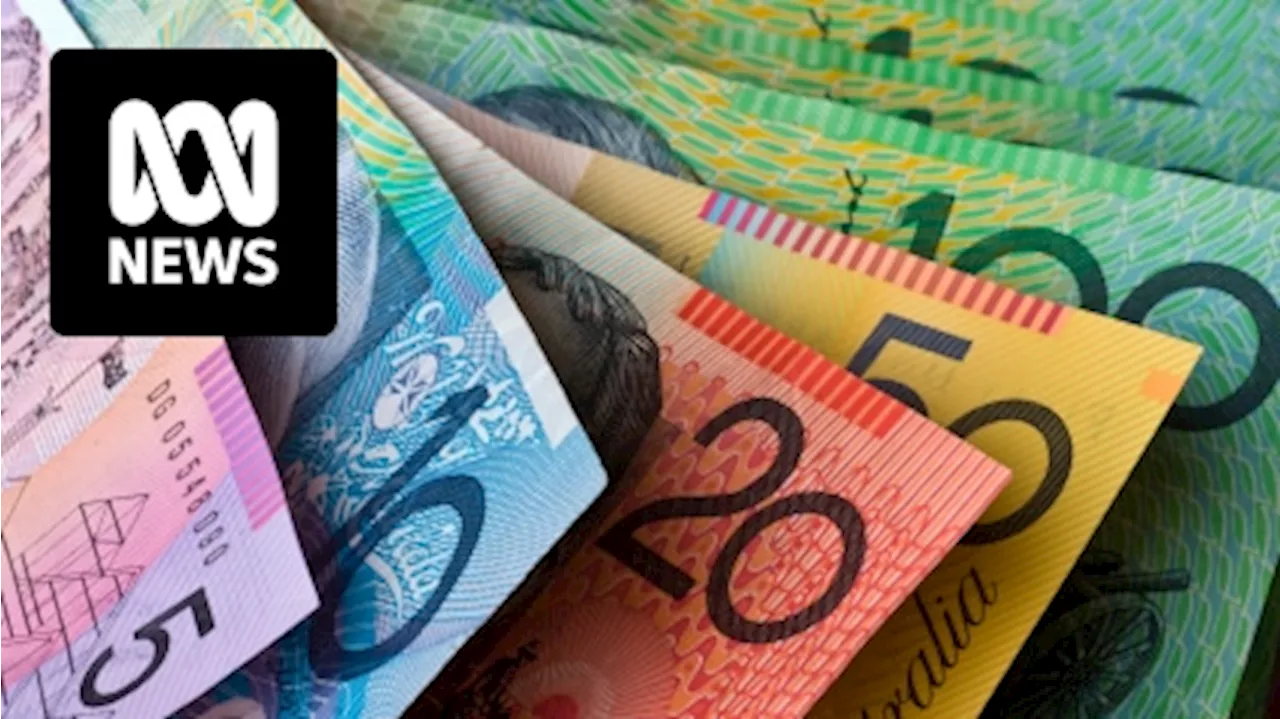 Australian Dollar Dips, ASX Falls as Fed Cuts RatesThe Australian dollar weakened to its lowest point since October 2022, trading near 62 US cents. The Australian stock market (ASX) also experienced a decline, reaching a six-week low, following the US Federal Reserve's decision to lower interest rates by 0.25 percentage points. While the Fed signaled fewer rate cuts in the coming year, projecting persistent inflation, the move sparked market volatility.
Australian Dollar Dips, ASX Falls as Fed Cuts RatesThe Australian dollar weakened to its lowest point since October 2022, trading near 62 US cents. The Australian stock market (ASX) also experienced a decline, reaching a six-week low, following the US Federal Reserve's decision to lower interest rates by 0.25 percentage points. While the Fed signaled fewer rate cuts in the coming year, projecting persistent inflation, the move sparked market volatility.
Read more »
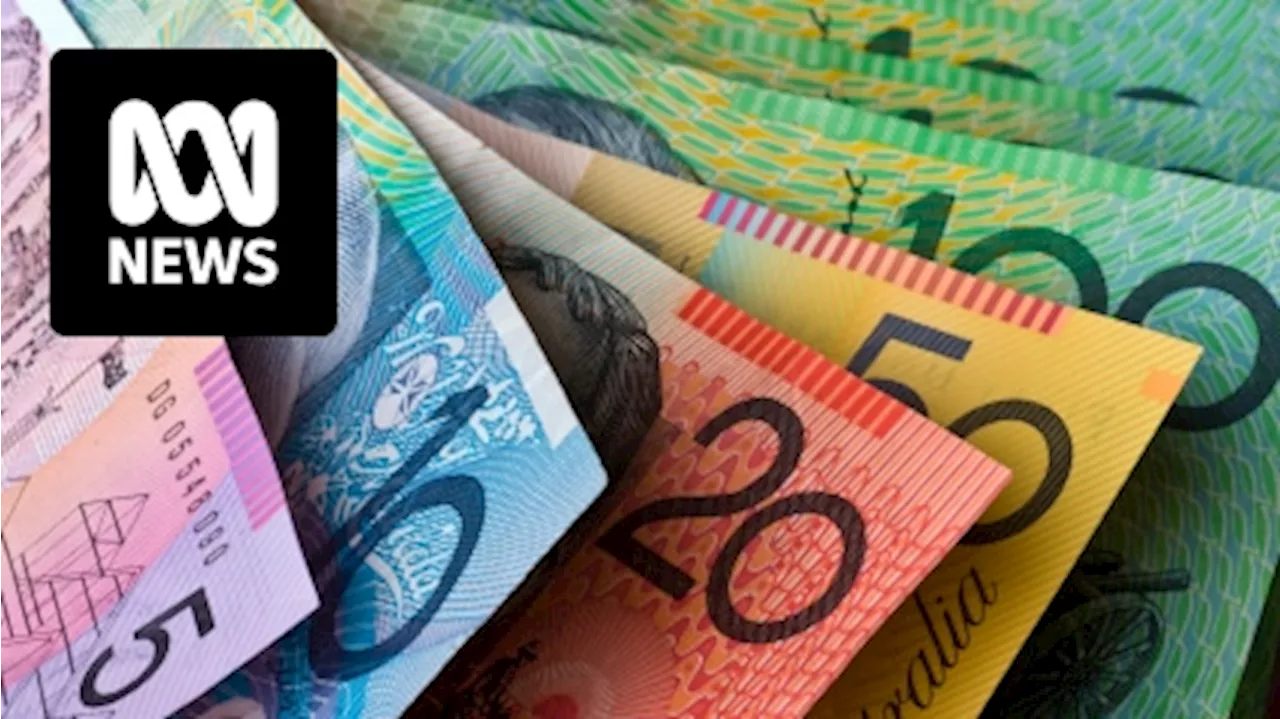 Australian Dollar Plummets, ASX Falls After US Fed Rate CutFollowing the US Federal Reserve's decision to lower interest rates, the Australian dollar has weakened to its lowest point since October 2022. The Australian share market (ASX) has also experienced a significant decline.
Australian Dollar Plummets, ASX Falls After US Fed Rate CutFollowing the US Federal Reserve's decision to lower interest rates, the Australian dollar has weakened to its lowest point since October 2022. The Australian share market (ASX) has also experienced a significant decline.
Read more »
